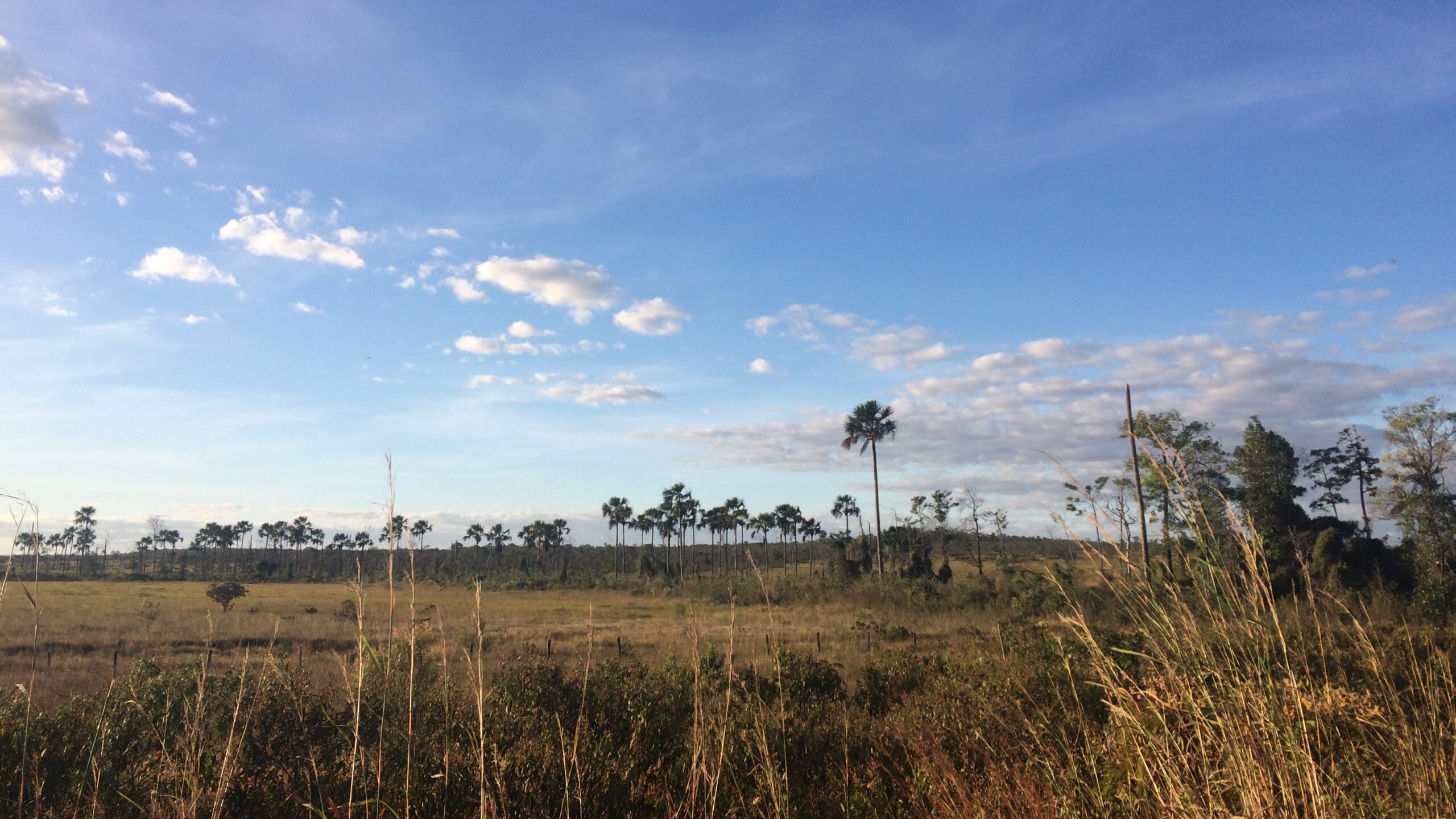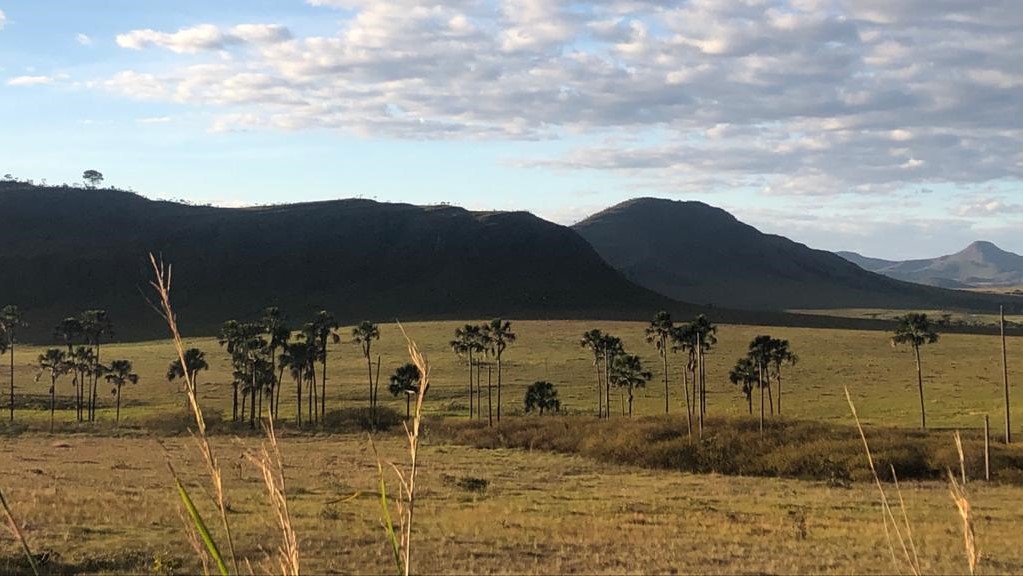After long discussions, the document approved by the EU Parliament shows progress on social and environmental topics

Forests and other natural ecosystems have been converted or degraded at extremely high rates in the past decade, mostly due to agricultural expansion in tropical and sub-tropical countries. In 2017, the European Union was responsible for 16% of deforestation associated with international trade, with soy, palm oil, beef, wood products, cocoa and coffee being the commodities with the largest embedded tropical deforestation imported into the EU between 2005 and 2017. To address this issue, the EU Commission has developed an Impact Assessment (IA) which included an Open Public Consultation, launched between September and December 2020, to gather stakeholders’ opinions on the potential additional measures at the EU level to reduce the impact of products placed on the EU market. The consultation gathered more than 1.2 million responses and showed the large support from EU citizens to create a regulatory framework for banishing products from deforested areas.
The proposal for a regulation
Based on the Impact Assessment (IA), and the European Parliament resolution, in November 2021 the EU Commission published a proposal for a regulation to curb EU-driven deforestation and forest degradation. To achieve that, the proposal aims to drastically reduce imports of forest-risk commodities and promote the consumption of deforestation-free products. This would reduce at least 31.9 million tonnes of CO2 emissions yearly embedded in the EU commodity consumption and production. The proposal was well received by the civil society, but had many points to be improved, as summarised in a position statement from several internationally recognised civil society organisations.
Discussions on the proposal
The text of the proposal was then discussed within the Council of the EU, under the French Presidency. In June 2022, the Council presented a version – the “compromise text” – including suggestions and concerns put forward by some Member States delegations, which stressed the need to identify the right balance between ambition and realism in the provisions envisaged. In general, these changes were considered much less protective than the original draft text. A month later, in July 2022, the Committee on the Environment, Public Health and Food Safety (ENVI) of the EU Parliament published a report with several amendments addressing several key issues highlighted by civil society. Finally, the European Parliament text, approved on 13 September 2022 with 453 votes in favour, 57 against and 123 abstentions, adopts the amendments introduced by the ENVI report, therfore reflecting the concerns raised by civil society.
Amendments to the proposal
-
The cut-off date
Regarding the cut-off date, the EU Commission proposal defined “deforestation-free” commodities or products as those produced on land that has not been subject to deforestation after December 31, 2020. This has been pointed out as problematic because it means an amnesty to the responsibles for the increasing rates of deforestation registered in the last years. According to Global Forest Watch, in 2020 the global loss of primary forests was 12% larger than in 2019. Furthermore, 12,2 million hectares of forest cover were lost in the tropics only in 2020. In particular, Brazil was the country where most forests were lost, mainly due to the expansion of commodities production. Moreover, such a recent cut-off date could undermine existing sectoral agreements with earlier cut-off dates, such as in the case of the Soy Moratorium in Brazil, which prevents the purchase of soybeans grown in areas deforested after 2008.
While the “compromise text” by the EU Council and the Presidency proposed to change the cut-off date to 31 December 2021, the ENVI report set it to 31 December 2019. The latter also adds to the new ‘deforestation-free’ definition that products shall not have induced or contributed to forest conversion after this date.
-
The scope of the regulation proposal
As for the scope of the regulation proposal, the ENVI report extended the number of commodities and products. In addition to the previously defined products (cattle, cocoa, coffee, oil palm, soya and wood), the report included swine, sheep and goats, poultry, palm-oil-based derivates, maize, rubber and other wood products, including charcoal and printed paper. Rubber and maize were included in the Impact Assessment (IA) that underpinned the regulation proposal, but were not included in the final Commission’s draft. The inclusion of rubber was largely supported by civil society, as its plantations are among the main drivers of forest clearance, mostly in Southeast Asia and sub-Saharan Africa. With regard to maize, as it is frequently grown between soybean harvests, criticism emerged because producers from areas non compliant with the regulation could react by shifting their soya trade to China (which so far doesn’t impose restrictions for products associated with deforestation), while still trading the maize to the EU market. Therefore, the inclusion of maize reinforces the restriction to soya.

-
Forests and other ecosystems
Another point that has been put in question was that the regulation proposal, by focusing only on forests (using the FAO’s definition), could increase pressure on other non-forest ecosystems, such as Cerrado and Gran Chaco in South America. This has been partially addressed in the ENVI report by complementing the definition of deforestation, which is no longer limited to the conversion of forests, but also of “other wooded land” to agricultural use or plantation forests. “Other wooded land” differs from “forest”’ by having a canopy cover of 5 to 10% (instead of more than 10%) and/or a combined cover of shrubs, bushes and trees above 10%. According to a position paper on the EU Commission proposal, signed by 34 of the most important organisations of Brazilian civil society, limiting the regulation proposal scope to forest ecosystems would put large areas of other Brazilian biomes at risk: 75% of the Cerrado, 89% of the Caatinga, 76% of the Pantanal, and 74% of the Pampa.
The “other wooded land” definition still leaves uncovered ecosystems such as grasslands and wetlands but is a big step forward. Plus, another amendment contained in the ENVI report provides for an impact assessment to be undertaken a year after the regulation’s entry into force to extend its scope to other natural ecosystems. This assessment should also evaluate the need and feasibility of extending the scope to other commodities and products, such as sugar cane, ethanol and mining products. Moreover, the “forest degradation” definition was substituted by “forest and other natural ecosystem degradation” and is much more comprehensive on what can be considered as degradation. However, scientific-based indicators and thresholds must still be defined.
-
Human rights
To address one of the main criticisms faced by the regulation proposal, the Parliament adopted the requirement of respecting internationally recognised human rights. The new definition for “non-compliant products” goes beyond the production requirements under the legislation of the country of production. Now, besides being deforestation-free, products must comply with all “relevant laws and standards, including those on the rights of indigenous peoples, tenure rights of local communities, and the right to free, prior and informed consent” (FPIC). The definition of “relevant laws and standards” refers to the UN Declaration on the Rights of Indigenous Peoples, the UN Permanent Forum on Indigenous Issues and the Indigenous and Tribal Peoples Convention (No 169, 1989).
Much questioning was raised regarding the consequences of the regulation proposal for smallholders. The amendments adopted by the Parliament (ENVI Report) include a requirement for operators to “engage meaningfully with vulnerable stakeholders” in their supply chain, including smallholders, indigenous people and local communities. The aim is twofold: to ensure they receive adequate assistance and fair remuneration to comply with the rules; and that implementation costs are balanced through the value chain’s actors.
-
Financial institutions
Another point of progress in the latest ENVI report is the inclusion of financial institutions based or operating in the EU. They are also required to ensure their customers’ activities have a negligible risk of deforestation, forest degradation or forest conversions.
Some points still need clarification, such as the development of countries benchmarking by the EU Commission, with transparent assessment criteria, procedures and timeframe. At the same time, the means for concrete and equal implementation of the regulation proposal across the EU Member States also need to be better explained. Nevertheless, the latest amendments adopted by the Parliament represent a great improvement to the EU’s efforts in reducing the impact of its consumption on tropical ecosystems. This, in turn, will also allow to reduce greenhouse gas emissions and biodiversity loss.

